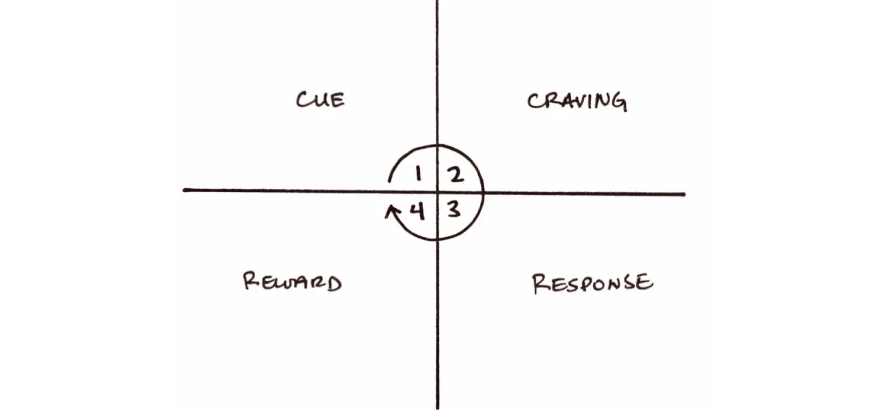The Brain’s Reward Center And Synced Movement
Moving together in sync released endorphins, the feel-good hormones that are the neurochemical adhesive of human relations.
The reward centre of the brain, the right caudate, is stimulated and creates a positive feedback loop among the people in sync.
71
300 reads
The idea is part of this collection:
Learn more about personaldevelopment with this collection
How to stay motivated
How to create a workout routine
Proper form and technique for home workouts
Related collections
Similar ideas to The Brain’s Reward Center And Synced Movement
The Habit Loop
Each habit can be deconstructed in these 4 steps:
- The cue (smell of coffee) triggers a craving (I want coffee)
- which motivates a response (Buy coffee)
- which provides a reward ...
Motion and the illusion of progress
Motion is a form of procrastination. It's easy to be in motion and convince yourself that you're still making moving forward and making progress. You think, “I’ve got conversations going with four potential clients right now. This is good. We’re moving in the right direction.” Or, “I br...
2. The Consequences Of Gratitude
Gratitude stimulates the pathways in your brain involved in feelings of reward, forming social bonds and interpreting other's emotions.
Gratitude also counteracts negative feelings and traits, like envy, narcissism, cynicism and materialism.
Gratitude refocuses your attentio...
Read & Learn
20x Faster
without
deepstash
with
deepstash
with
deepstash
Personalized microlearning
—
100+ Learning Journeys
—
Access to 200,000+ ideas
—
Access to the mobile app
—
Unlimited idea saving
—
—
Unlimited history
—
—
Unlimited listening to ideas
—
—
Downloading & offline access
—
—
Supercharge your mind with one idea per day
Enter your email and spend 1 minute every day to learn something new.
I agree to receive email updates


